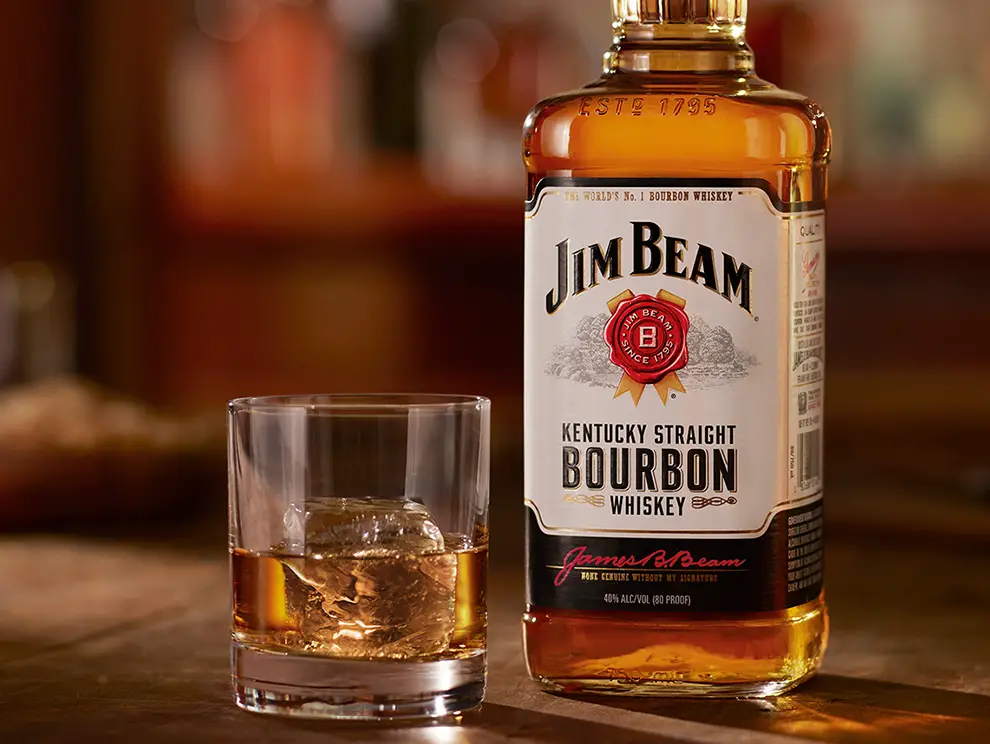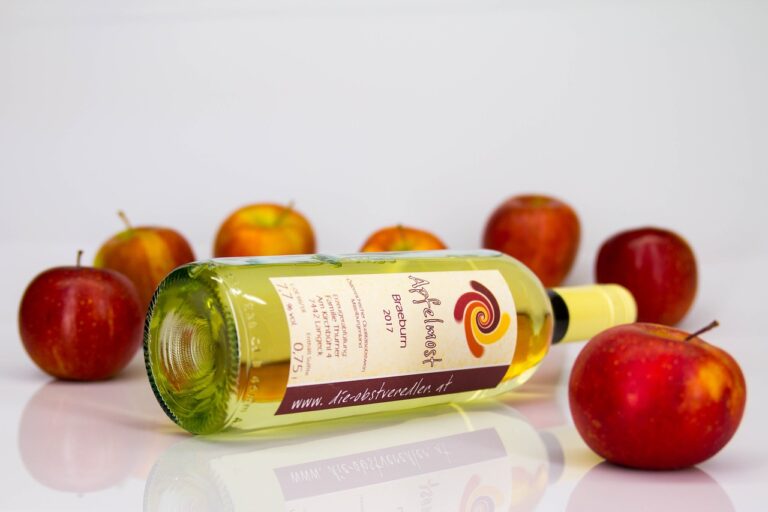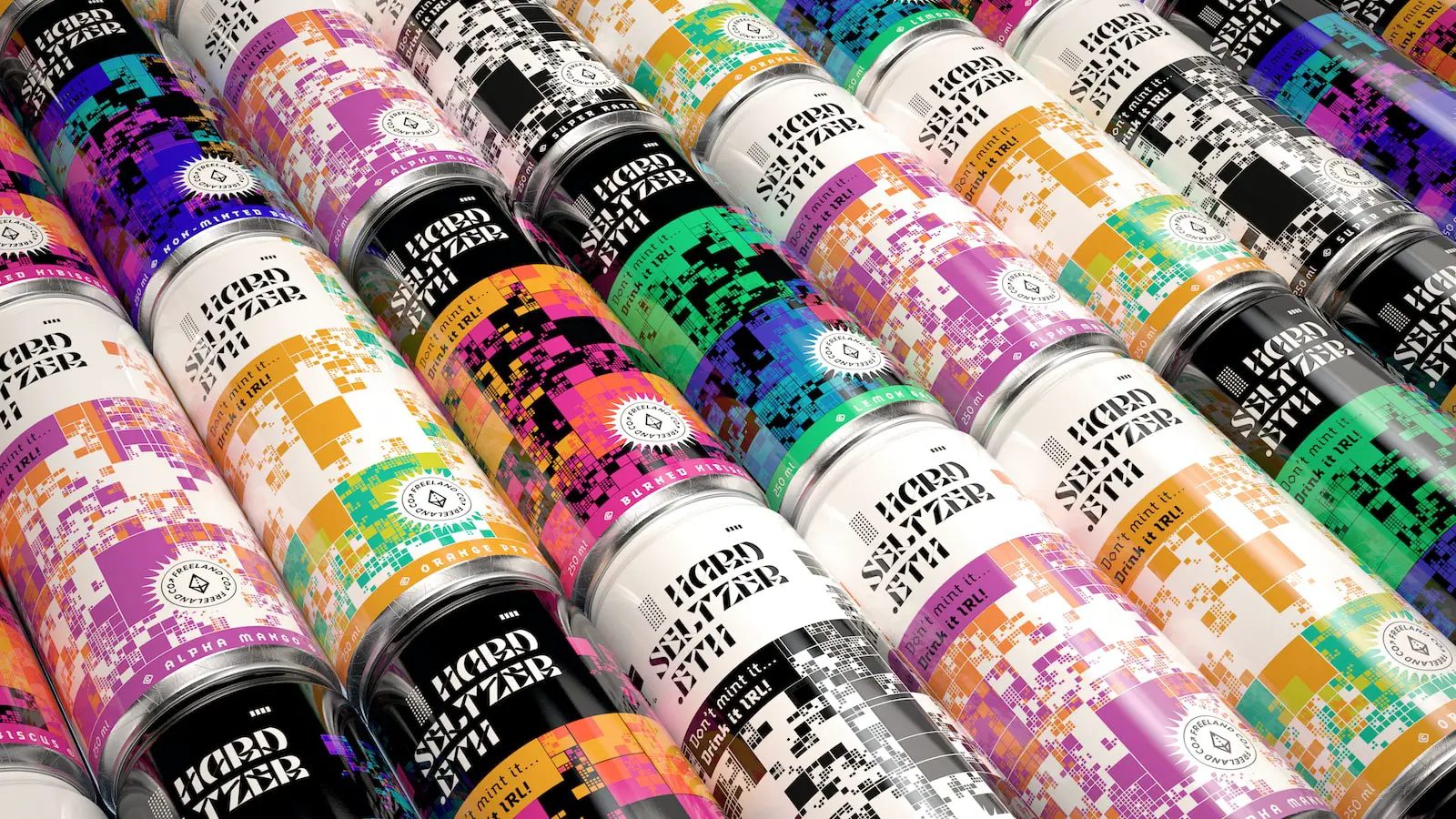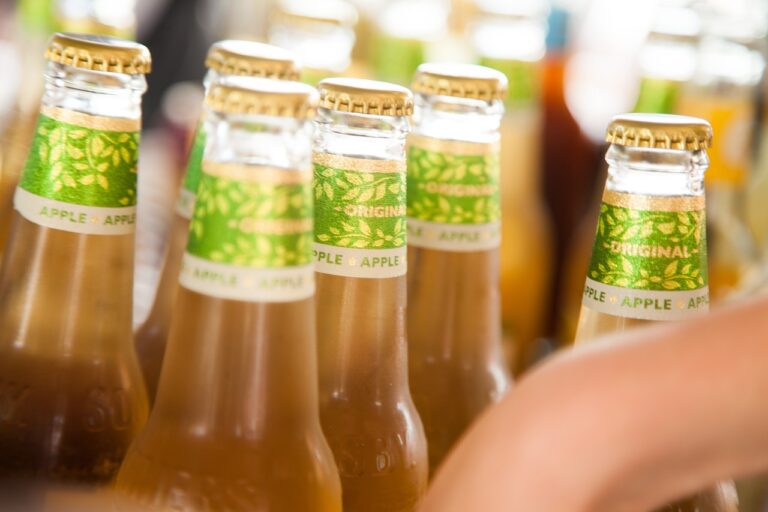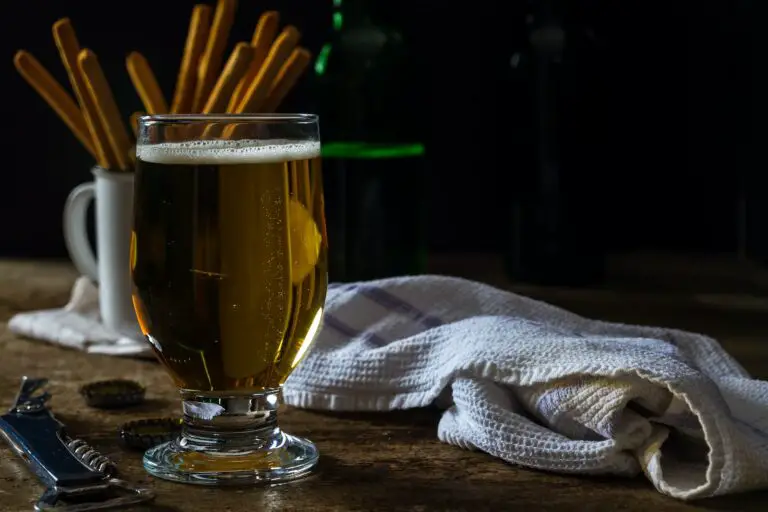Have you ever wondered why whiskey makers use oak barrels to age their products?
It’s a common sight in whiskey distilleries, but you may be surprised to learn that the choice of wood isn’t as simple as it looks.
The answer lies in the chemistry and the complex interplay between oak and whiskey.
To get to the bottom of this mystery, we need to look at the history of oak aging and the properties that make oak such an ideal material for whiskey barrels.
Let’s begin!
Why Is Oak Used for Whiskey Barrels?
You may have seen whiskey aged in oak barrels, but do you know why oak is used for whiskey barrels?
It’s no accident—oak imparts the whisky with a unique flavor and color, as well as other important impacts on the whisky.
There are several qualities of oak that make it an ideal choice for aging whisky.
Oak has a low moisture content which helps keep the whiskey’s temperature steady.
Additionally, its wide surface area gives it superior permeability, providing the atmosphere with contact to ensure efficient maturation of the whisky.
Oak also contains high levels of tannins—complex organic compounds which can interact with other flavors and enhance them.
And when seasoned or charred, the pores of the wood open up to release even more flavor compounds into the liquid.
Finally, oak is lightweight yet strong and its porosity resists problems caused by pressure and leakage over time.
This makes it perfect for storing whisky for long periods of time without compromising its quality or character.
In short, there’s a good reason oak is used for making barrels: to give whisky its distinct flavor, smooth texture, and deep color.
It’s these qualities that make whisky so special and unique, and we owe it all to oak!
How Does Aging in Oak Barrels Affect the Flavor of Whiskey?
Now that you know why oak is used to make whiskey barrels, it’s time to talk about how aging in an oak barrel affects the flavor of the whiskey.
· Tannins
When you age whiskey in an oak barrel, you get a unique flavor profile that is made up of more than just the alcohol.
Oak barrels contain tannins—a type of polyphenol—which gives whiskey its color and can contribute flavors like vanilla, cinnamon, caramel, and spices.
· Enhancing Natural Flavor
The oak barrels also enhance the natural flavor of the whiskey.
Oak has been used for centuries by winemakers and distillers to further develop the complexities of their products.
As it ages in oak barrels, whiskey takes on more complexity with hints of warm spice, woody notes, and earthy tones that add to the overall flavor profile.
· Barrel Charring: Adding Another Layer of Flavor
When making a whiskey barrel, it’s not just about what kind of wood is used—it’s also how it’s treated.
Barrels are charred on the inside with fire which adds another layer to the flavor profile by releasing smokey aromas and caramelized sugars, while still keeping some sweetness from the wood itself.
This gives whiskey its distinctive smoky-sweet taste that is characteristic of many types of Scotch Whisky.
What Are the Different Types of Oak Used for Whisky Barrels?
Now you know why oak is so perfect for whiskey barrels, but did you know that there are different types of oak used for whisky barrels?
Yes, and each type of oak imparts unique flavors, aromas, and character to the whisky.
Let’s take a quick look at the types of oak and their characteristics:
· American White Oak
American White Oak is very popular for making whisky barrels, offering a mild flavor combined with sweet woody undertones.
American White Oak is also easy to work with and can be crafted into close-grained staves — which creates an airtight seal — due to its high levels of vanillin.
· European Oak (Quercus Robur)
Europeans have been crafting barrels out of European Oak for centuries.
This type of oak has an intense flavor that adds complexity to whisky thanks to its higher levels of tannins and lignin.
The result is a spicier whisky that can add nutty or smoky hues.
· Japanese Mizunara Oak
Finally, Japan has a species of oak known as Mizunara that is highly prized for its unique flavors.
This type of oak has been used by Japanese distilleries for generations, giving whiskies with hints of sandalwood and incense as well as spices like cinnamon, clove, and nutmeg.
No matter what type of wood you use — American White Oak, European Oak (Quercus Robur), or Japanese Mizunara — it’s sure to give your whisky a unique flavor profile!
How Do Distillers Choose Which Type of Oak to Use for Their Whiskey?
When it comes to the selection of the type of oak used for aging whiskey, distillers have many options.
Factors such as climate, soil conditions, and cask production techniques can all dictate which oak will result in the optimal-tasting whiskey.
While there are no hard and fast rules, here are a few key considerations used to make this important decision.
· Wood Characteristics
The wood characteristics of each type of oak affect the flavor and aroma of the whiskey and must be taken into account when choosing the right oak for a particular whiskey.
· Curing Techniques
Curing techniques play an important role in how whiskey tastes over time.
The curing process determines how much of the desired flavors, such as smoky sweetness or intense tannins, are imparted onto the whiskey.
Conclusion
In the end, it’s clear why oak is the preferred material for whiskey barrel production.
Its porous structure allows the whiskey to take on flavor and aroma while giving the whiskey a distinct color.
The wood also adds its own unique flavor that makes whiskey, unlike any other spirit.
Oak barrels also have a longer lifespan than other materials, so you can be sure that your favorite whiskey doesn’t forget its barrel-aged taste for years to come.
As whiskey continues to grow in popularity, oak barrels will be integral to the production process.
So, don’t forget to thank oak trees for giving us some of the best whiskey in the world!

